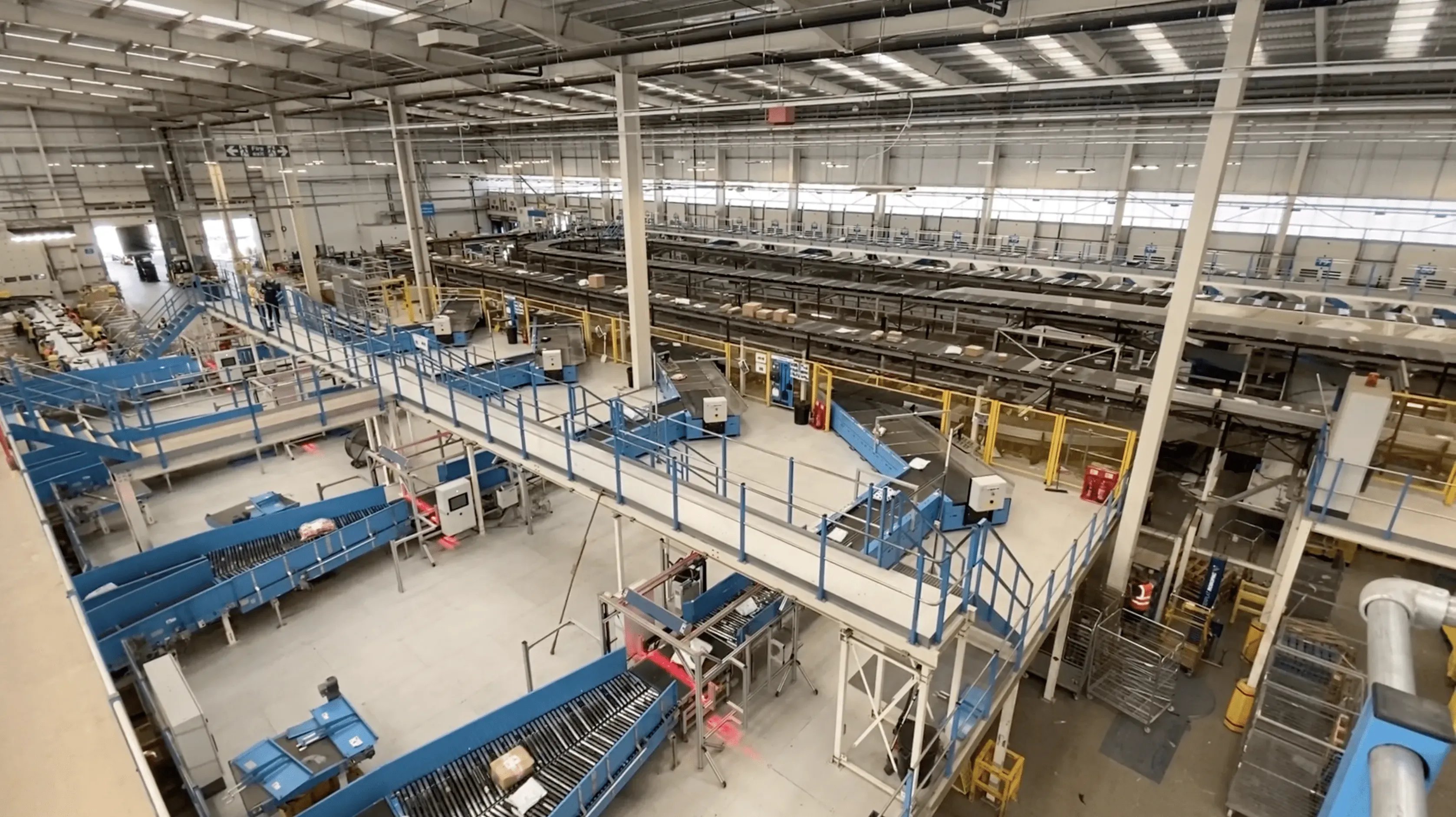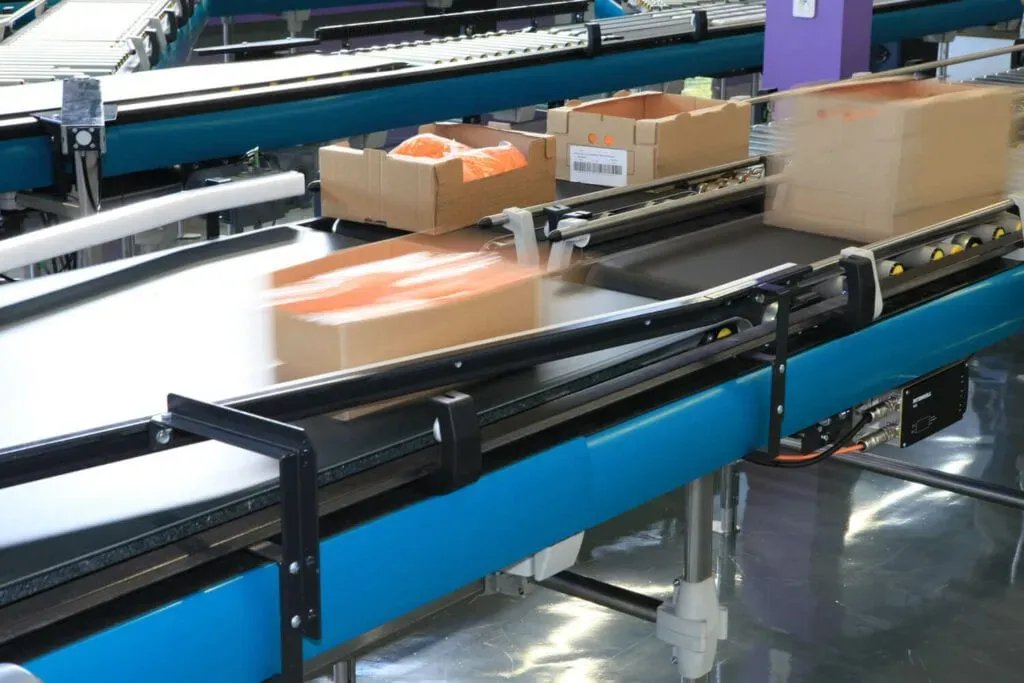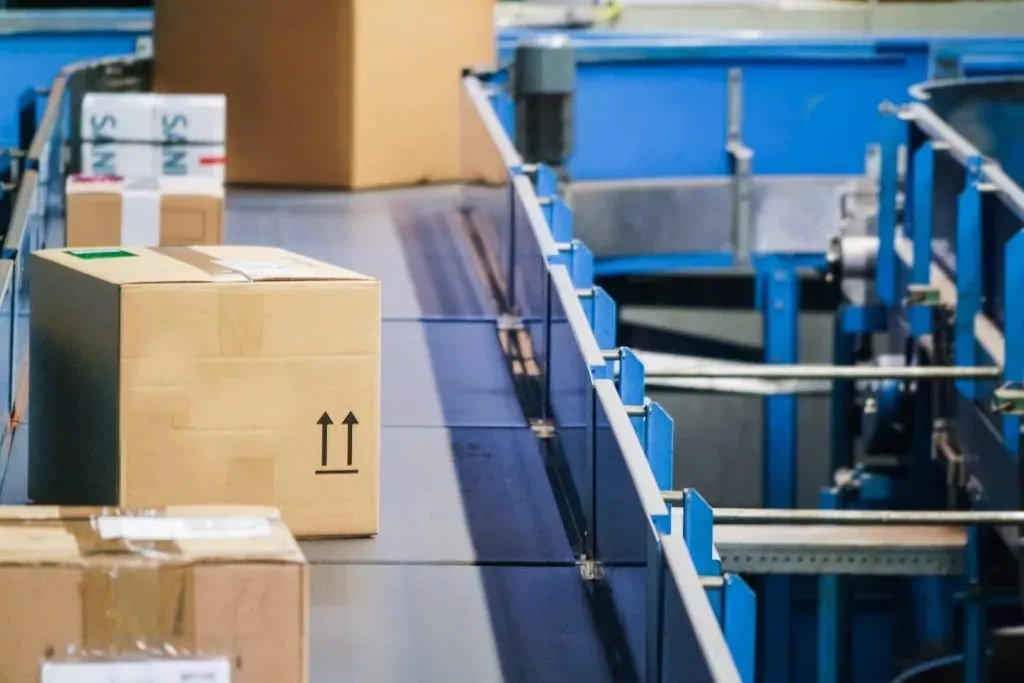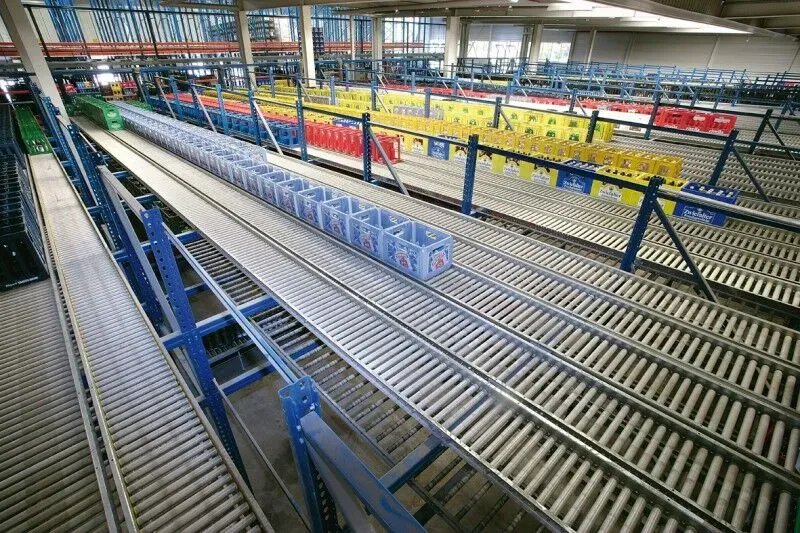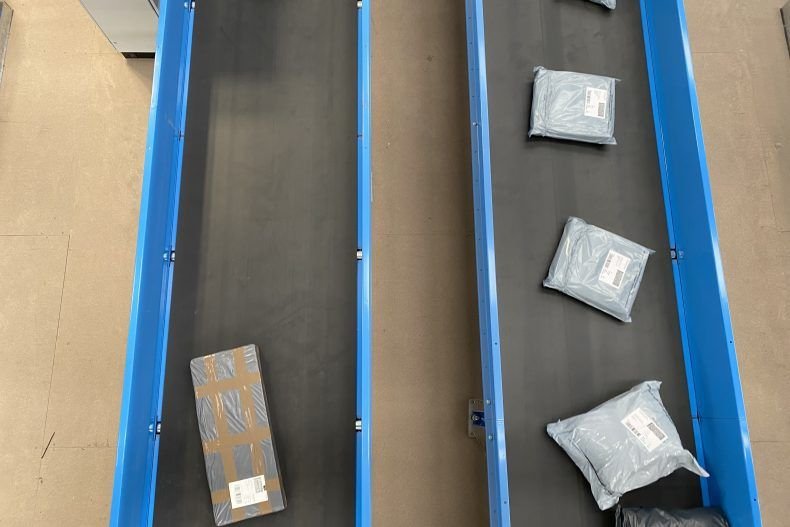What Are Automated Warehouses?
An automated warehouse uses automation technologies to carry out key logistics functions traditionally performed by human workers. These systems integrate conveyor systems, autonomous vehicles, robotics, artificial intelligence (AI), and machine learning to enhance inventory accuracy, streamline manual tasks, and improve storage capacity. Automated systems help optimise the warehouse layout and increase efficiency, ensuring the entire process runs smoothly from receiving to accurate order fulfilment.
By replacing manual processes with automated systems, these warehouses achieve higher levels of efficient warehouse operations, lower operational costs, and greater scalability. Automation helps businesses streamline the movement of inventory, providing faster, more accurate real-time tracking and ensuring products are available when needed to meet customer expectations.
